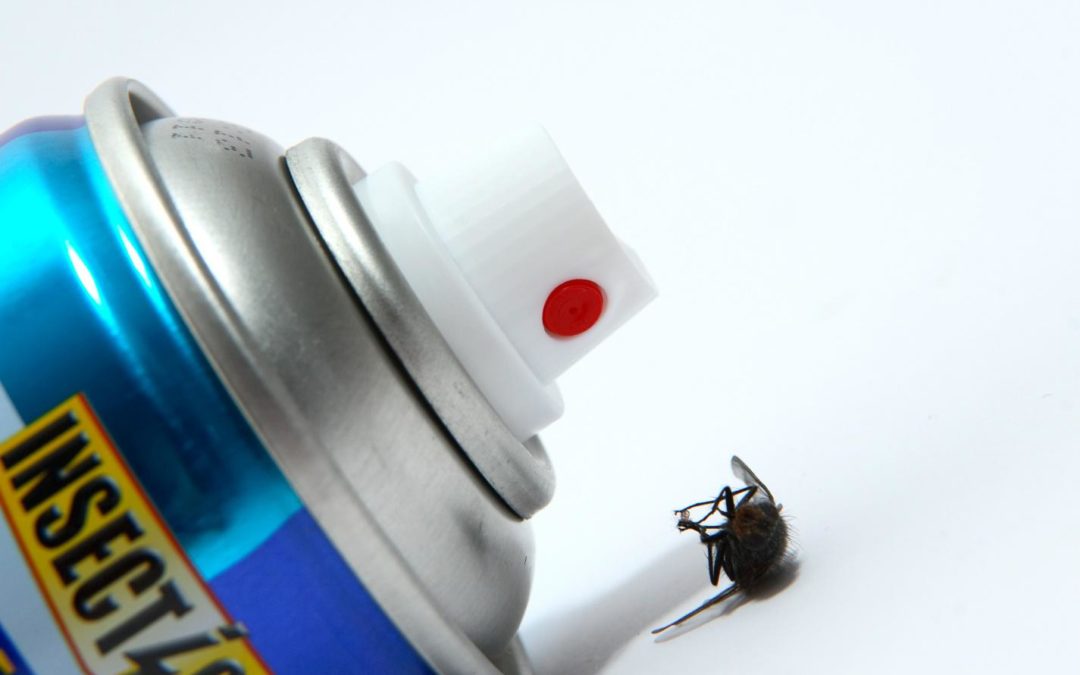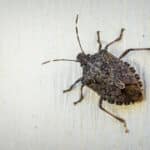Do you need to hire professional help to deal with a pest infestation? The presence of bugs, rodents, or other critters is a disconcerting thing for homeowners. But bear in mind that an experienced pest control service has seen it all before and will make the process as easy on you as possible.
To help you feel comfortable with this new service, here are a few things that the technician will do for you.
1. Talk About Your Experience
A professional pest inspection will include conversations about your particular concerns. Homeowners can usually give direction to the inspection by being specific about what they’ve seen, where, and when. Make note of where you’ve seen pests or what indicators make you think there is a problem. It’s often helpful to save a sample — perhaps by freezing one in a bag — of the particular insects or rodents.
The more detailed you can be, the less time it will take to find sources of entry and to identify the right pests. Each species of insect or animal has its own unique habits and cycles. So treating carpenter ants is different from treating thief ants.
2. Conduct a Thorough Inspection
Pest control technicians are thorough. They have to be, since the problems they solve are often tiny, hidden, and easily overlooked. So expect to see your service provider take the time to perform a very detailed examination of your house and property.
What will the inspector look for? They’ll seek out entry points and indicators of insect nesting. This often includes gaps around pipes, door and window frames, attics, connected garages, and ventilation ducts. The technician will likely need to get into crawlspaces under the house, gain entry to the attic or eaves, and look inside and underneath cabinets.
Outside, the inspector will look for signs of insect buildup and the origin point of bugs getting into the house. For instance, if trees near the home show signs of infestation — such as sap or shavings — this could lead to future problems within the house itself.
3. Jointly Craft a Treatment Plan
Once the nature of your pest problems has been identified, the technician will let you know what are the best options for handling them. You, the homeowner, are always in control of what measures are taken, how extensive you want them, and how often they will be performed.
As a trusted professional, the service provider won’t pressure you to act hastily or to get a treatment you’re not comfortable with. For instance, they may be able to provide a choice of humane eradication plans or design the safest nontoxic treatment plan. They may also suggest changes you can make, like getting rid of standing water that attracts flying insects.
Many times, the first treatment can be conducted during this same appointment. If you want them to get started, the technician can often save time and money by doing preliminary pest control work right away. However, the pest control provider will not compel you to take this step.
4. Make Specific Follow-Up Plans
Most pest problems call for a schedule of regular checkups and treatments. Insect removal may call for a series of targeted treatments monthly for a period of time followed by quarterly or semi-annual treatments. On the other hand, getting rid of house mice might only require blocking entries and following up with an inspection. All recommendations should be appropriate for the severity of your particular problems.
When you understand what will happen at your first pest control visit, you’ll be able to prepare and participate in the most beneficial ways. Want to know more? Call the pest pros at Diam Pest Control today.





